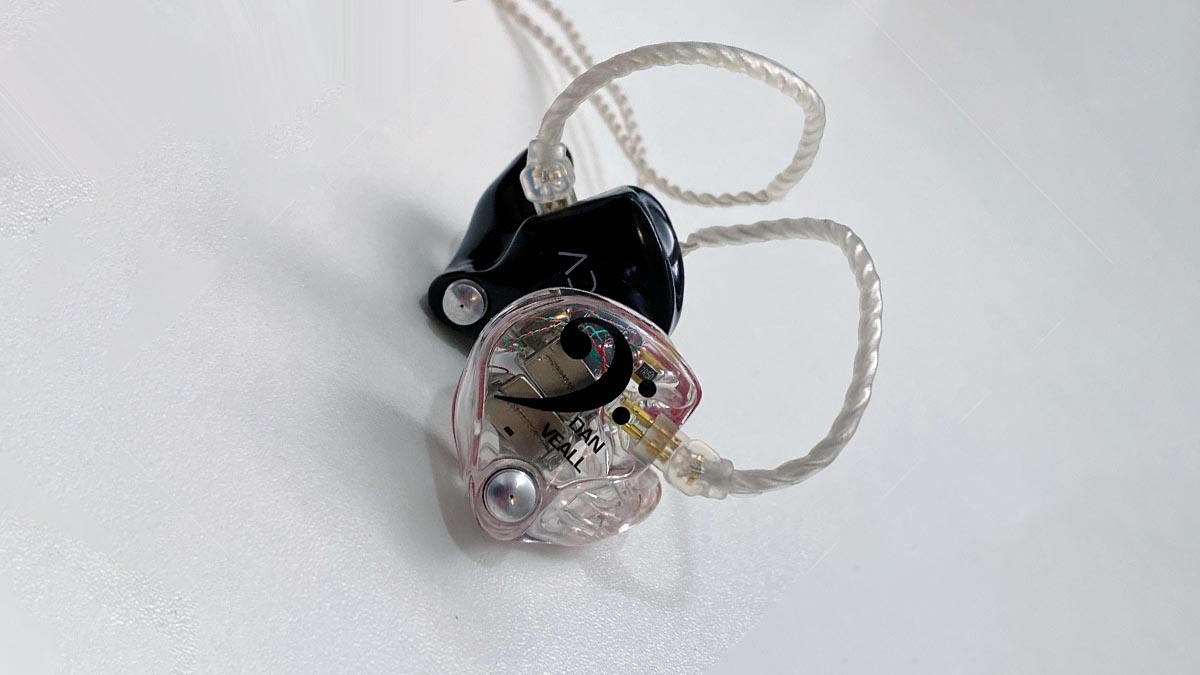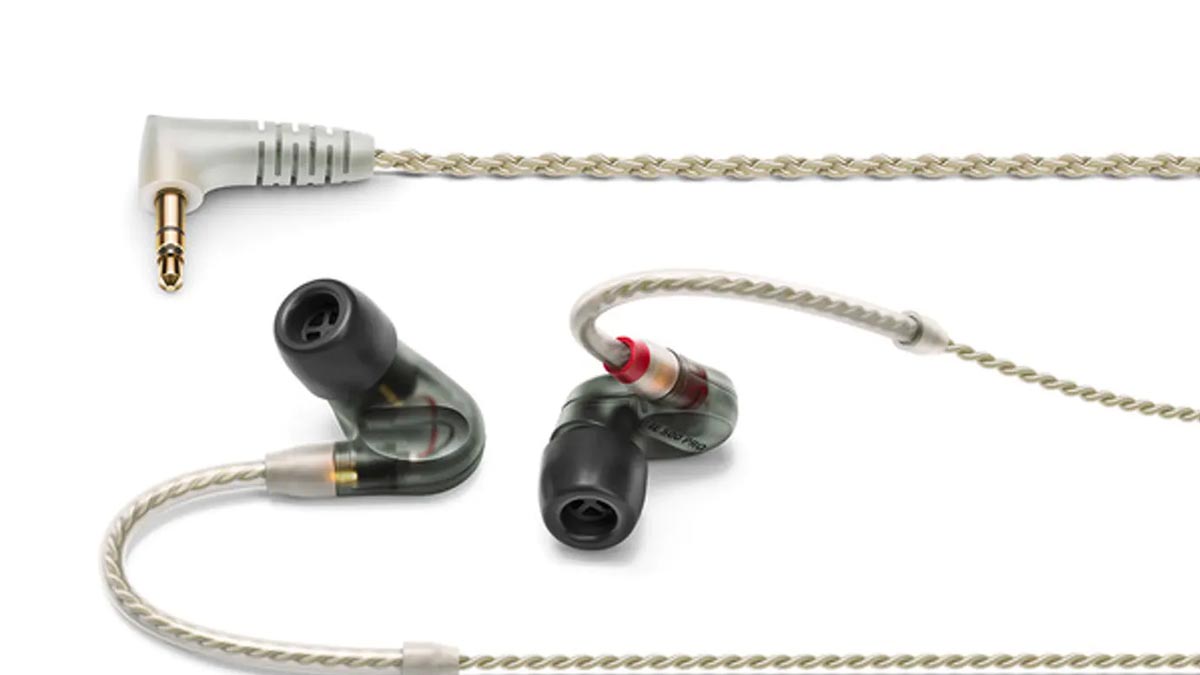
An in-ear monitor or IEM is like a set of headphones, but by using a design that creates a barrier between your eardrum and the outside world, cuts down environmental – by which we usually mean on-stage or in-studio – noise. This means that IEMs can be run more quietly for better sound quality and less ear fatigue.
Rock and roll is about massive amps and massive volume. Change my mind.
It’s simple. Imagine being able to hear all the things you want to hear, with no distractions, no ear-splitting, headache-inducing ambient noise, and no struggling to hear through a poor stage mix... and no hearing loss after a few years.
That’s fair. What types of IEMs are there?
In-ear monitors can be as simple as a single driver in each ear, or as complex as 64 Audio’s 18 drivers per earpiece sets. In practice, there are two main variants of in-ear monitor: ‘Universals’ are a fixed shape and come with either foam or rubber earplug tips. They fit most – but not all – ears, and are often cheaper than their molded counterparts. On the other hand, moulded earplugs are shaped specifically to a user’s ear, and will not fit anyone else.
A mold of the ear is required, as is a visit to an audiologist: This results in a not-at-all-uncomfortable procedure using expanding foam, or possibly a digital scan using an electronic device. I’ve had my ears molded twice now and have enjoyed the experience. The benefits of a molded set are a greatly improved audio experience, plugs that don’t fall out of your ears when you move around, better low end, and better isolation.

What speakers do they use?
All the latest guitar news, interviews, lessons, reviews, deals and more, direct to your inbox!
Well, different types are utilized in IEMs, all of them very accurate at producing sound. You’ll hear of variants such as ‘balanced armature’ and ‘dynamic’ drivers. While we’re talking IEM jargon, you may encounter ambient ports, filters and valves, which are all ways to bleed outside sound into your mix via a physical, pluggable hole in the earpiece, or just to improve the hearing experience.
The latter seems to work well – but ambient ports, as they break the seal, could mess with the IEM sound. There are a couple of brands that I can think of that choose to employ microphones in the IEM package to feed in ambient sound via a wearable pack. Of course, there is a cost implication.
On that note, what do these damn things cost?
Remember, I’m a musician. I’m broke. You won’t be happy with your IEMs if they’re cheap. A flimsy headphone amplifier to drive them and a lead to plug you into the PA will only get you so far. This is why many amateur musicians don’t like IEMs – because the budget isn’t there to do it properly.
Think of it this way: You’re replacing your bass stack with a set of earphones, and you’re expecting the same experience. They’ll be doing the job of all the on-stage monitors too, remember. To do this monitoring properly, even on a budget, is going to cost and affect all musicians in the group. Cheap systems are only likely to frustrate you and perhaps put you off using them.
When I wear IEMs, I can’t hear anyone on stage. I don’t like this. It’s weird.
Look into running a set of ambient microphones on stage, preferably high-quality condensers, to blend into your overall stereo in-ear mix. Go full stereo if you can. A busy mono mix will sound congested – and could give you a headache!
Should I go wireless?
Don’t buy wireless transmitter setups to pair with your IEMs yet. Spend your money on a better set of IEMs first. I have gigged the entire time that I’ve owned my IEMs, which is over five years now, with a wired setup. I don’t need a wireless guitar system, so it doesn’t hurt to use a combined single cable or two cables hooked over my guitar strap.
What else do I need to bear in mind?
Don’t run one IEM on its own. Don’t run IEMs too loud. Don’t use phone earbuds as in-ear monitors. You really don’t want a burst eardrum, ear damage, or long term tinnitus.
